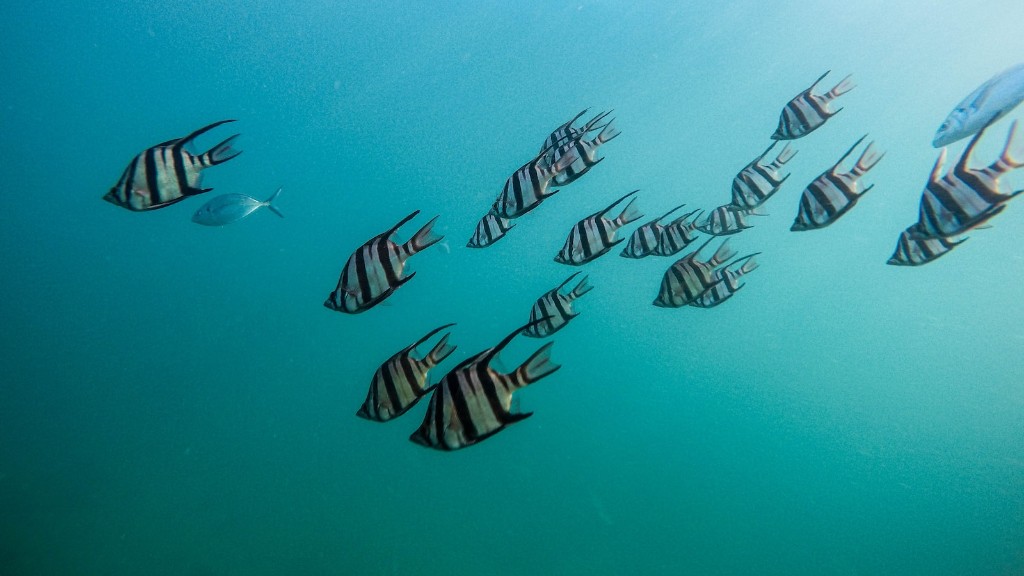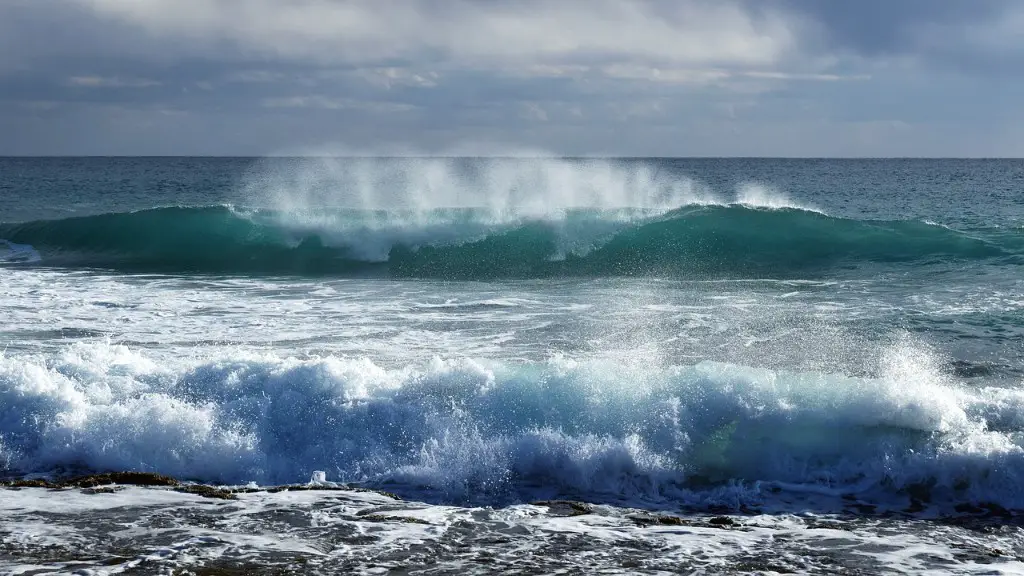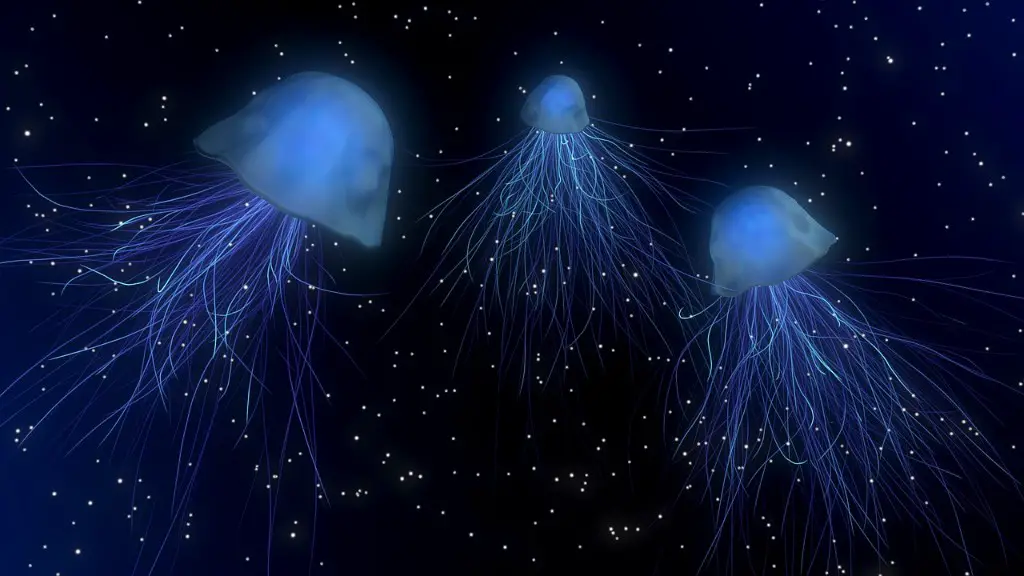The South China Sea is one of the most important, yet enigmatic, physical features of our planet. Stretching from the Strait of Taiwan in the east to Malaysia’s South China Sea coast in the west, it covers an area of approximately 3.5 million square kilometres, making it the largest marginal sea in the world. The South China Sea’s wide variety of habitats and abundant marine life offer a wealth of biological, economic and cultural riches. But it also has a dark side: the South China Sea is becoming increasingly contested and militarised due to conflicting claims from China, Vietnam, Taiwan, the Philippines, Malaysia, Brunei and Indonesia.
This conflict has been growing with the passage of time. Tensions have mounted as each country claims sections of the sea as part of its exclusive economic zone. All of these countries have also been seeking to increase their naval presence in the area, which is a crucial corridor for the international transportation of oil and other products. As a consequence, the South China Sea is increasingly becoming an arena of competition between regional powers.
Perhaps the most contentious issue is China’s claims over the entire South China Sea. In 2017, they controversially installed anti-ship and anti-aircraft missiles in the disputed area. China also constructed a series of artificial islands, known as the ‘Great Wall of Sand’. The artificial islands are equipped with radar, communications equipment and military facilities. These moves by China have caused alarm in the international community as they are seen as a challenge to freedom of navigation in the area.
The importance of the South China Sea lies in its economic and strategic value. Around one-third of the world’s total shipping passes through the South China Sea each year. It also contains extremely valuable fish stocks, oil and gas reserves. With the rapid rise of China’s economy, control over the South China Sea has become an even greater priority.
In response to Chinese activity in the South China Sea, the United States has carried out several freedom-of-navigation missions in the area. It has also conducted joint exercises with other regional players, namely the Philippines, Vietnam, Malaysia and Indonesia. In 2019, the United States officially rejected China’s expansive claims to the South China Sea.
These actions have not brought the dispute to an end. China has refused to give in and has continued to assert its sovereignty over the South China Sea. While the United States continues to press for a diplomatic resolution to the conflict, China shows no signs of backing down. This has left the situation in a precarious state, with no clear resolution in sight.
Environmental Consequences
The conflicts in the South China Sea have had a destructive effect on the environment, with devastating consequences for the local ecology. Oil spills, overfishing and destructive fishing practices, as well as construction and land reclamation have all taken their toll. The South China Sea is now home to a number of ‘dead zones’, areas of the sea that are devoid of marine life due to the degraded habitats.
The impact of the conflict has also been felt in the atmosphere. Countries have competed to increase their capabilities in the area, resulting in a buildup of military infrastructure and increased air and naval traffic. This has led to a rise in air pollution over the South China Sea, where concentrations of suspended particulates and nitrogen oxides have reached hazardous levels.
The conflict in the South China Sea has had a major impact on the environment, with dire consequences for the marine ecosystems and atmospheric quality of the region. This situation needs to be urgently addressed, as the stakes are getting higher as the conflict intensifies.
Regional Cooperation
Despite the increasing antagonism between the various claimants, there is still hope for the region. In 2002, the nations of the South China Sea signed the Declaration on the Conduct of Parties in the South China Sea, in which the parties agreed to a basic code of conduct and pledged to pursue a peaceful solution to the dispute. This agreement has been renewed several times and has been instrumental in helping to manage tensions in the region.
In addition, there have also been efforts to develop regional mechanisms for the peaceful resolution of disputes in the area. For example, the ASEAN Regional Forum has been instrumental in facilitating dialogue between the parties and in exploring ways to resolve conflicts and encourage cooperation.
It is clear that the nations of the South China Sea need to find a way to reconcile their different interests in the region. Armed conflict or an attempt to impose one’s will on the others would be disastrous for the whole region. With the right approach, regional cooperation can be the key to unlocking the potential of the South China Sea and ensuring a secure and prosperous future for all.
Growth of Chinese Influence
The South China Sea has become a centre of great-power rivalry, with the United States and China competing to assert their influence in the region. The South China Sea is becoming increasingly important as an arena where great powers compete for geopolitical and economic advantage.
China’s influence in the South China Sea has grown significantly in recent years. Its assertive stance has seen it challenge the traditional orders in the region, creating friction with the United States and its allies. China has asserted its claims over the entire South China Sea and has pursued an aggressive strategy of militarisation and land reclamation in the area.
This has left other countries feeling increasingly uneasy, raising the risk of escalations and sparking fears of a full-blown armed conflict. It is clear that China is intent on establishing itself as the dominant power in the region and is not afraid to use its military capabilities to further its own interests.
The South China Sea has become the latest theatre of great power competition, with China’s growing influence causing unease among its neighbours. As tensions continue to mount, it is crucial that a peaceful resolution to the conflict is found.
The Situation Today
The situation in the South China Sea remains tense and unpredictable. The rival claims of the various nations continue to create friction and lead to tense standoffs from time to time. In spite of diplomatic efforts, the various parties remain entrenched in their positions which suggests that a peaceful resolution to the conflict is still a long way off.
The South China Sea is home to a complex and unstable security situation, with the various parties choosing to pursue their own interests at the expense of others. The situation is further complicated by the increasing presence of extra-regional powers, such as the United States and Russia.
Given the current state of affairs, it appears likely that tensions in the South China Sea will continue to mount. The interests of the various claimants are becoming increasingly entrenched and it is clear that no solution will come easily or quickly. It is therefore essential that those involved find a way to compromise and work together to ensure a peaceful and secure future for the region.
Conclusion
The South China Sea is one of the most important, but controversial, regions of our planet. It is home to an array of important species, significant oil and gas resources, and a complex web of competing interests. Since the beginning of the century, tensions have been mounting as the various claimants fight for control of the area and its resources.
China’s increasingly assertive stance and the United States’ freedom of navigation missions have only heightened the already unstable security situation in the region. The only way to resolve the issues in the South China Sea is for the various claimants to come together to find a peaceful and lasting solution.





